Ice Tourists
By Rebecca Drew
THESE cold-as-ice explorers were-willing-to-sacrifice in order to capture these magnificent ice caves before they melt away.
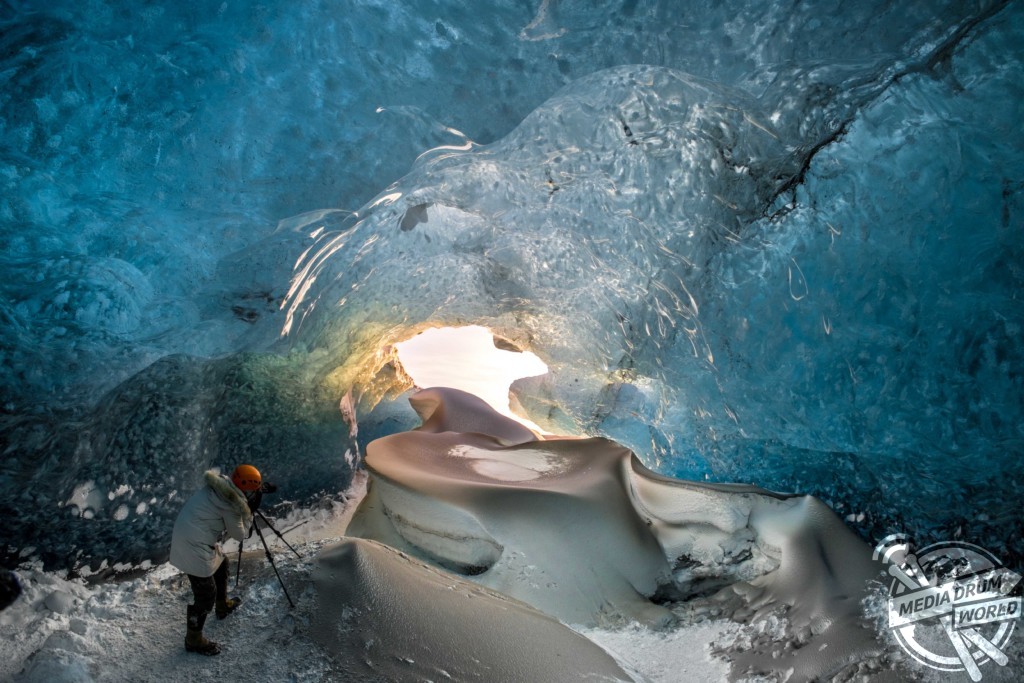
Stunning images have revealed ice-cool British tourists chilling out inside Europe’s largest glacier – despite being at risk of flooding.
The spectacular collection of images show the explorers braving the freezing temperatures to climb, photograph and even abseil down the inside of the icy cliff sides. Another image shows one visitor on his knees appearing to pray next to a water fall of melted ice.
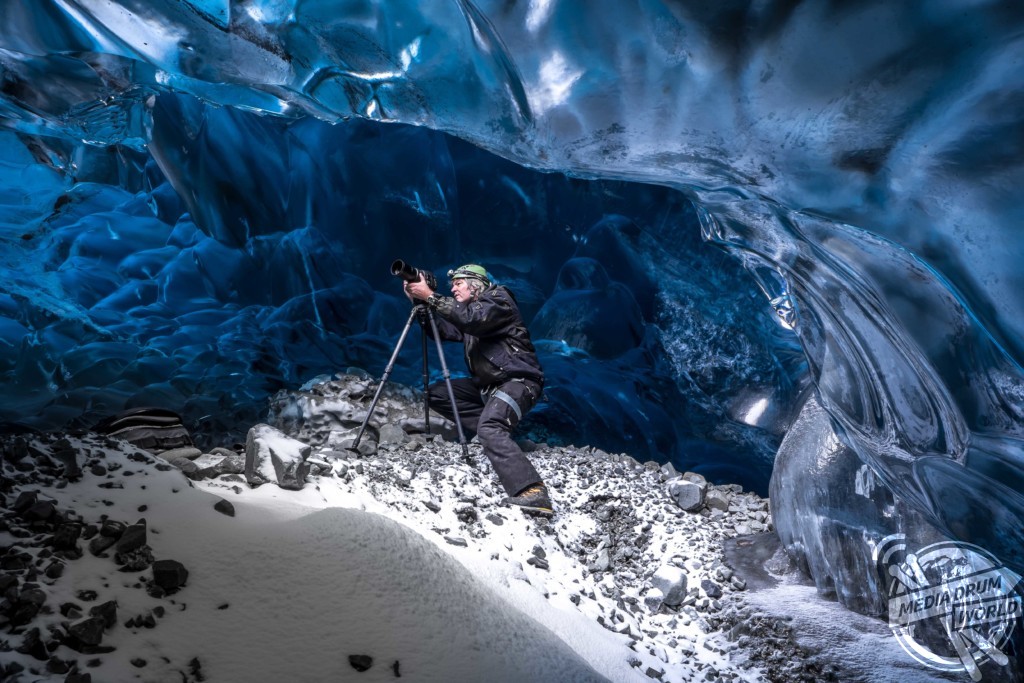
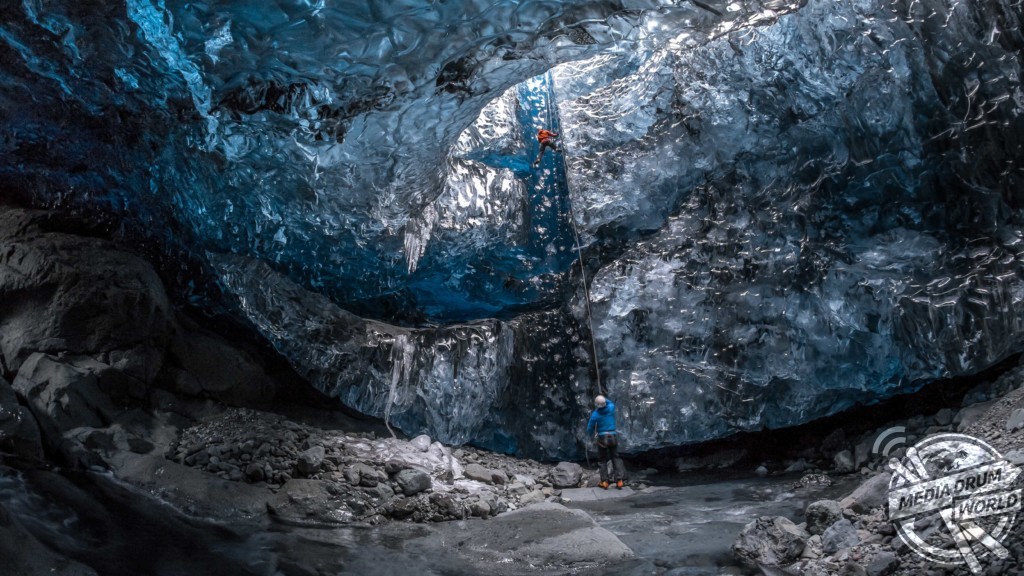
Other glistening shots show an adventurer trying to keep warm by a fire whose flames dance beautifully against the glossy roof. More shots show the caves sparkling like crystal with one ice formation appearing to resemble bubble wrap. In one picture, a brave tourist stands at the edge of a river flowing through the centre of the frosty caves.
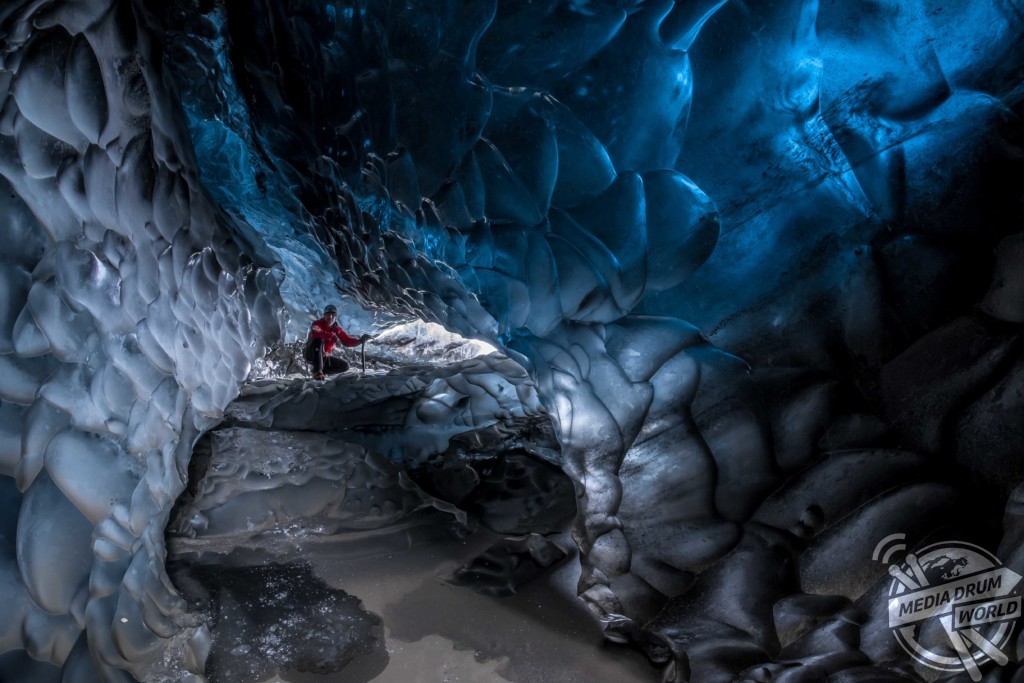
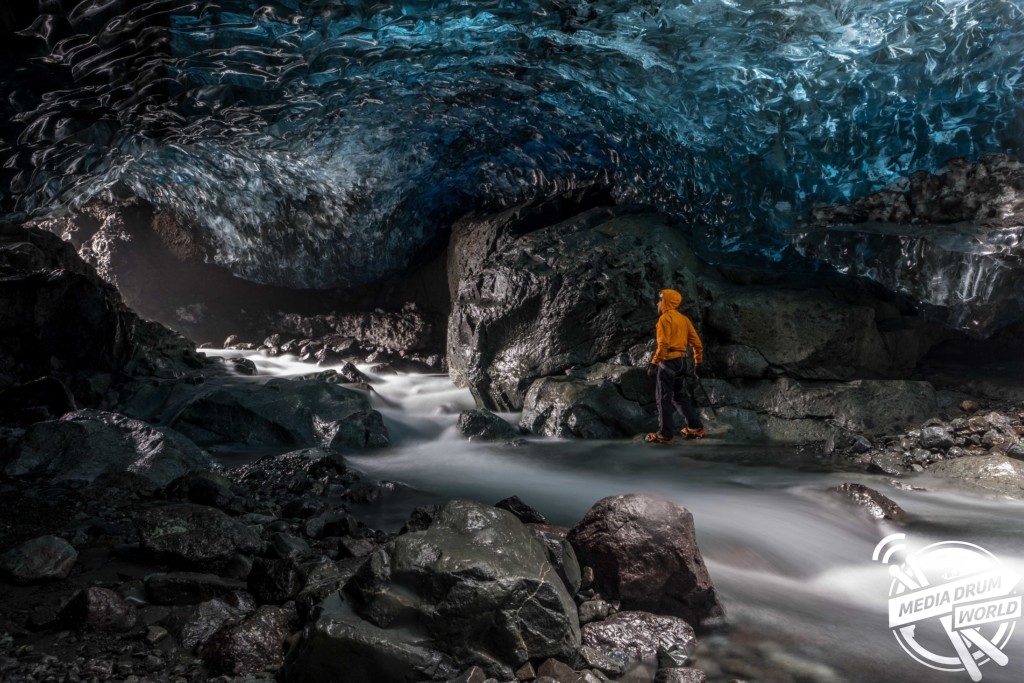
The incredible pictures were taken by local mountain guide, Einar Runar Sigurdsson (48) at the Vatnajokull Glacier in Iceland. Einar used a Fuji X-PRO2 to capture the spectacle, a brand he has used for three years.
“Some of the caves I shoot require hiking four to five kilometres each way, wearing crampons to walk up the glacier and some even require ropes to abseil down into the cave and climbing to get out again,” said Einar.
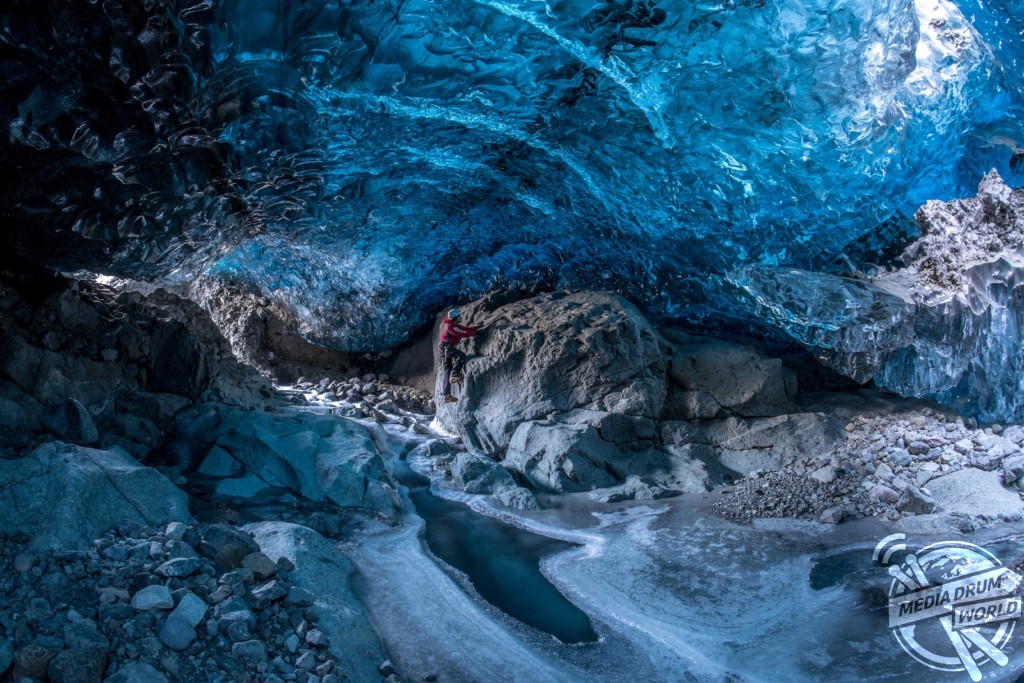
“Some ice caves are full of water inside and I can only go there during the coldest time of winter when the lake inside gets frozen enough for me to walk on.
“Some caves are very unstable even in mid-winter and we would never go inside, even if they look beautiful.
“It is not worth any photo to be crashed under tons of ice.”
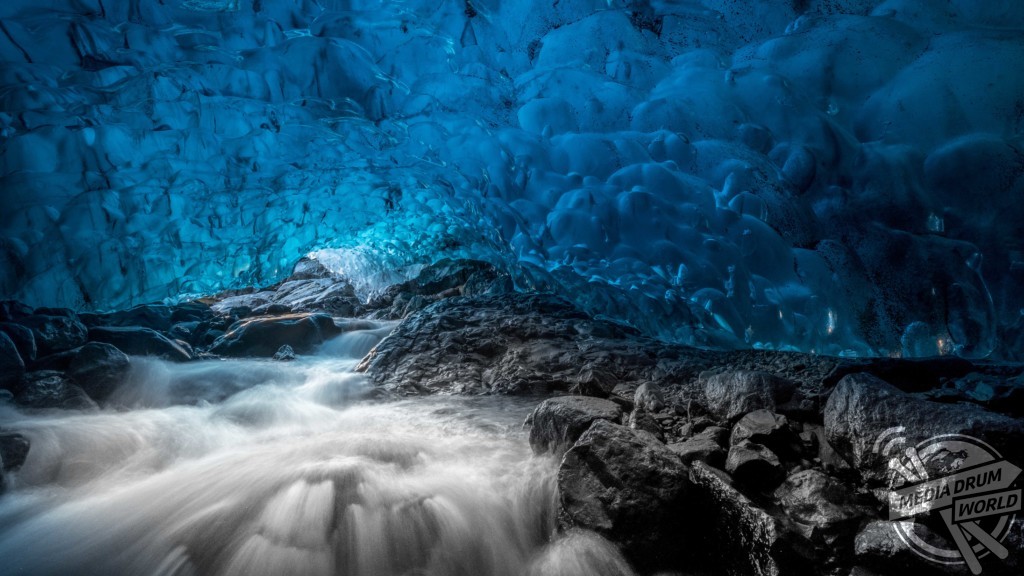
The Vatnajokull Glacier is the largest glacier mass in Europe, covering an area of around 8,200 square kilometres and is 1000 metres thick at its thickest point.
In 2008, the glacier and its surrounding area was declared a national park.
In South East Iceland where the glaciers are located, ice cave season lasts from November to March but some are unsafe all year round.
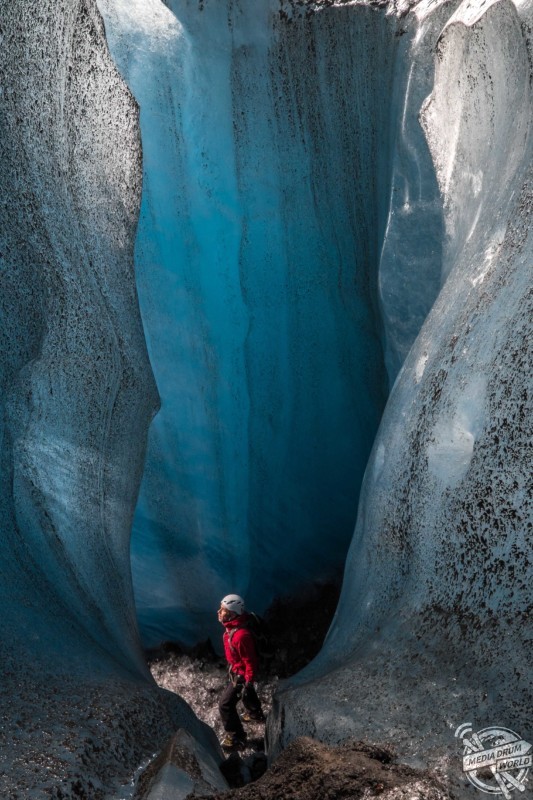
“When I take people to the beautiful ice caves, they get very excited and happy about the amazing photos they can take,” added Einar.
“I love scouting new caves each year, it’s like treasure hunting.
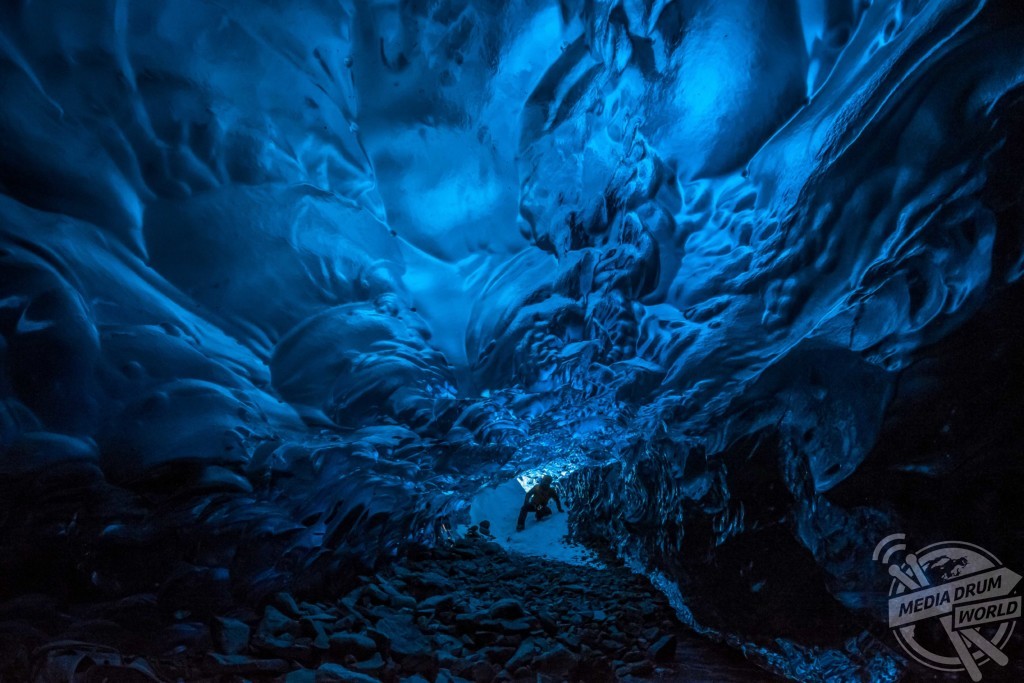
“Caves are never the same two years in a row because the glacier melts about one hundred metres back each year.
“So a hundred metre cave is no longer there after the next summer but the river that is made from the melting ice has continued to flow to make a new cave.”
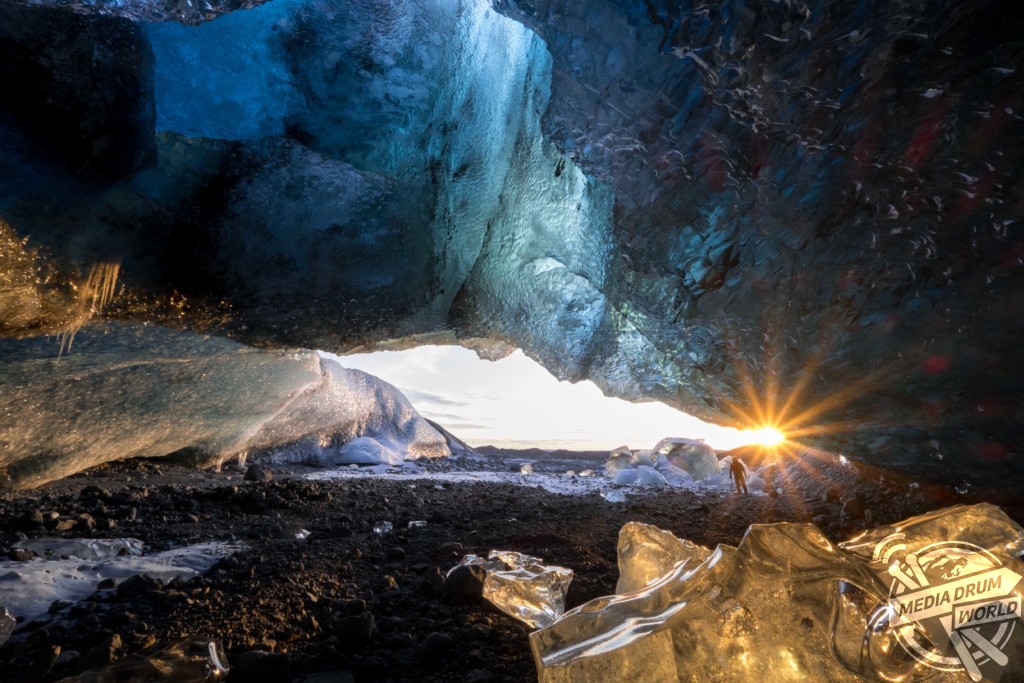
Click to license images.







